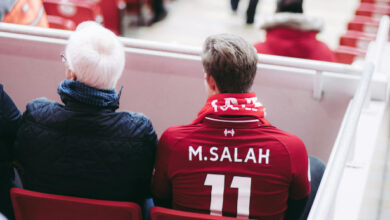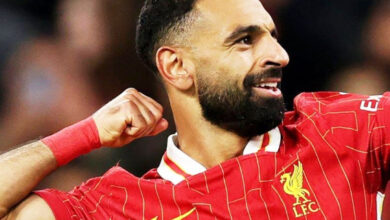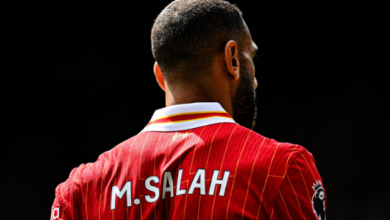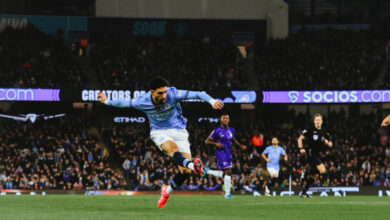Things had threatened to become stale at Tottenham Hotspur before the arrival of Antonio Conte. The end of Mauricio Pochettino’s era brought about 18 months of uncertainty in north London, with José Mourinho failing to capture the imagination of fans before his Portuguese compatriot Nuno Espírito Santo enjoyed a short spell in the dugout which ultimately proved to be another false dawn.
Spurs lacked identity, Harry Kane wanted to leave, and the club were on the verge of failing to qualify for Europe. Conte was essentially in charge of crisis management — a far cry from his duties in west London and Lombardy, where he guided Chelsea and Inter Milan to league titles in his first two seasons at each respective club. Here the task was simply to navigate a sinking Spurs ship away from choppy waters, whilst still having an outside shot at an elusive Champions League spot.
Indeed, Conte managed a minor miracle to those who regularly bet on Premier League, and secured fourth place, sacrificing both the UEFA Conference League campaign as well as the domestic competitions to do so. Kane rediscovered the form that elicited so much fear in defenders throughout the previous campaign, whilst Son Heung-min forged his own path to the Golden Boot, establishing a triumvirate with the England captain and loan singing Dejan Kulusevski — perhaps a favour from Turin as part of Conte’s convivial relationship with Juventus.
Despite this, Spurs will have been trophyless for 15 years next March, with their midfield once again coming into question this season. An archetypal Conte midfielder is one that values industry and work rate over flair and aesthetic technical ability, as demonstrated by the departures of Giovani Lo Celso and Tanguy Ndombele midway through the season, and Yves Bissouma’s move from Brighton will do little to challenge the Conte midfield mould.
The Italian has witnessed first-hand just how capable Bissouma is. Leandro Trossard’s late winner overshadowed the Mali international’s performance when Brighton took three points from the capital— relentless running, firm in the tackle, yet still able to break lines and cause havoc arriving late. His engine makes him a unique anomaly in today’s modern game, only really replicated by system-driven players like N’Golo Kanté or Jordan Henderson, in that he is a true box-to-box midfielder.

In an era where three-man midfield are often incorporated to create overloads, it’s hard to pinpoint where in this paradigm you would label him. Not quite a conventional ‘six’ but capable of collecting the ball from the defence and turning to seamlessly transition into the next third. Not quite an ‘eight’ as Brighton’s system forced him into a low block more often than not. And not quite a ‘ten’ as his productivity in the final third will simply not compare to the other attacking options at Spurs.
Yet, these intangible qualities which Bissouma possesses make him dangerous in any facet of Tottenham’s midfield, and is an upgrade technically on Eric Dier, who often deputises as a centre-back at this stage in his career, and Harry Winks, whose imminent move to Everton looks to create space for the number eight shirt. The challenge will be to cement a regular starting place, but with the Premier League introducing a five-subsite rule, the likelihood is that Bissouma will still see plenty of game time throughout an intense campaign.
We’ve seen how volatile the Spurs dressing room can be when things go wrong, and while the toxicity rumoured to spill out of the Tottenham Hotspur Stadium dressing room has overflowed in the past, Conte looks to have put a lid on things, and the addition of Bissouma could well go a long way to earn that long-awaited trophy.





